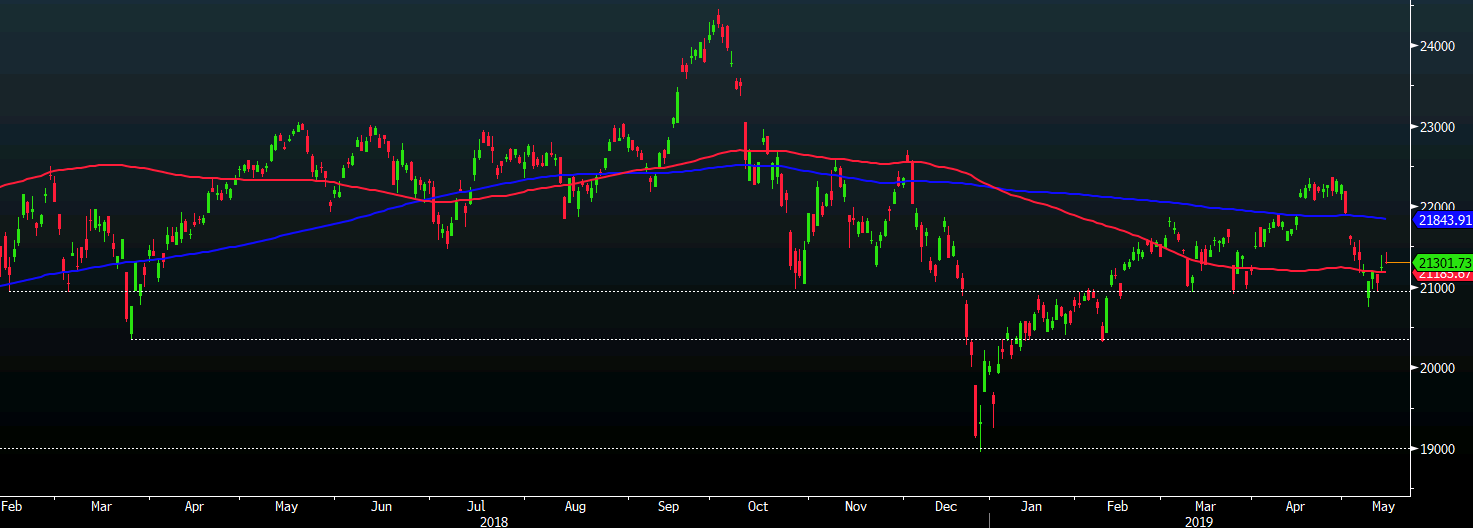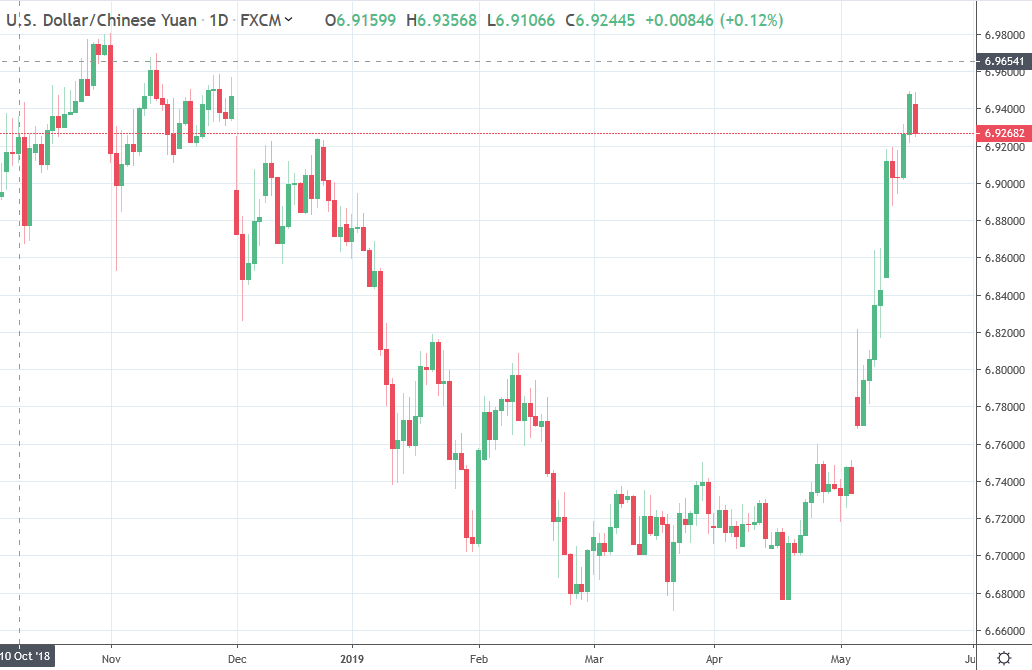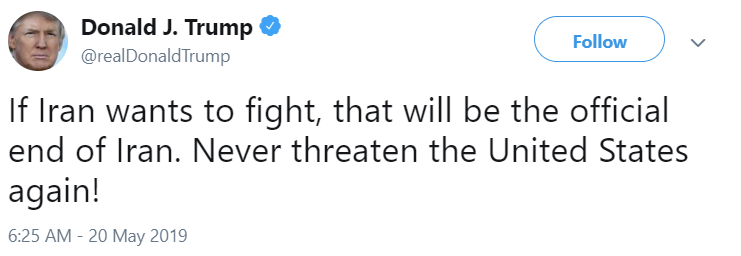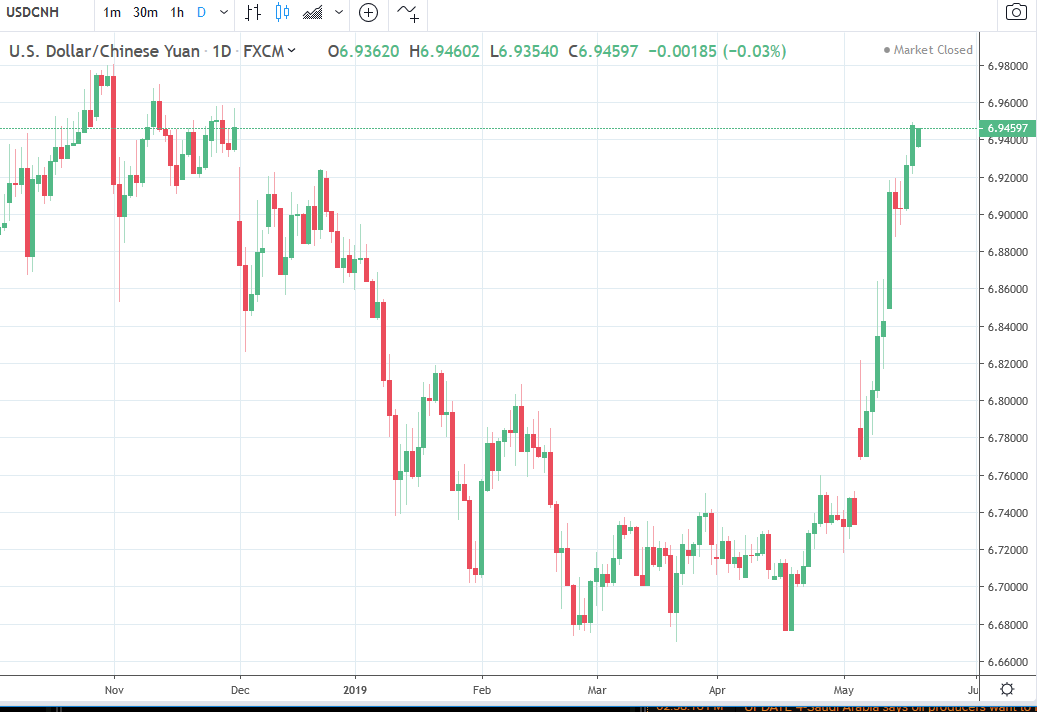Tokyo’s main index retains gains but finishes near the lows

The gains in Japanese stocks were mostly helped by the better-than-expected Q1 GDP report but as investors are given time to digest the less pretty details, the earlier optimism started to wane. Equities in the region are more mixed as Chinese stocks are trading lower but overall risk sentiment remains more neutral as US equity futures are slightly higher.
That’s seeing yen pairs a little more underpinned but the positive tones among risk assets aren’t really overwhelming as we begin the session. As such, USD/JPY is holding just a tad higher at 110.15 currently.
European stock futures are also flat in early trades so let’s see how markets develop in the sessions ahead before settling on a fresh direction to start the new week.







